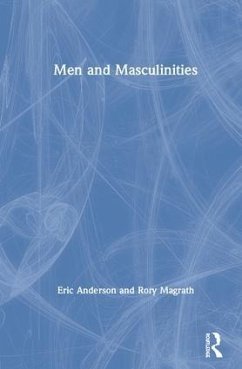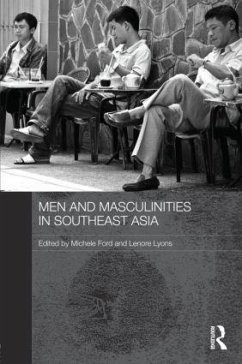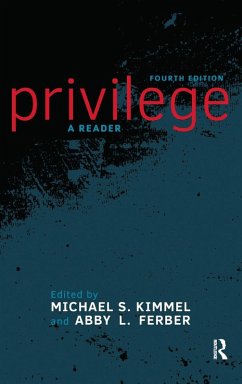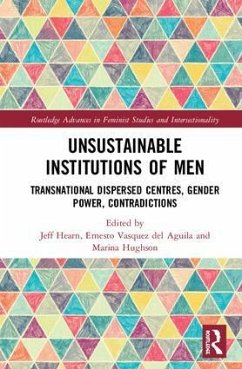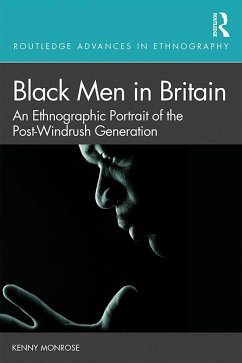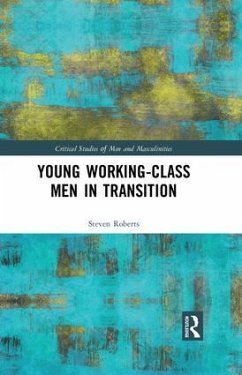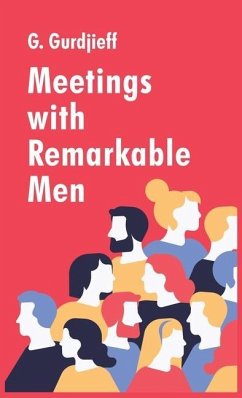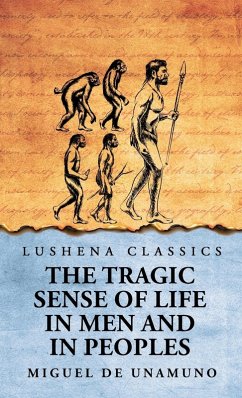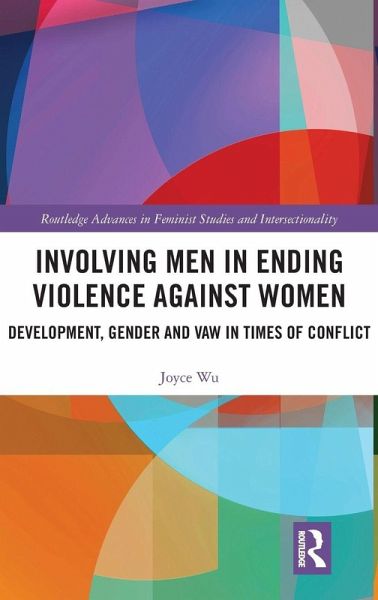
Involving Men in Ending Violence against Women
Development, Gender and VAW in Times of Conflict
Versandkostenfrei!
Versandfertig in 1-2 Wochen
167,99 €
inkl. MwSt.
Weitere Ausgaben:

PAYBACK Punkte
84 °P sammeln!
Involving Men in Ending Violence against Women provides a feminist analysis of men's motivations for joining violence against women's movement. Through extensive fieldwork in Afghanistan, Pakistan and East Timor, this innovative title explores the roles men play in violence against women programs.





